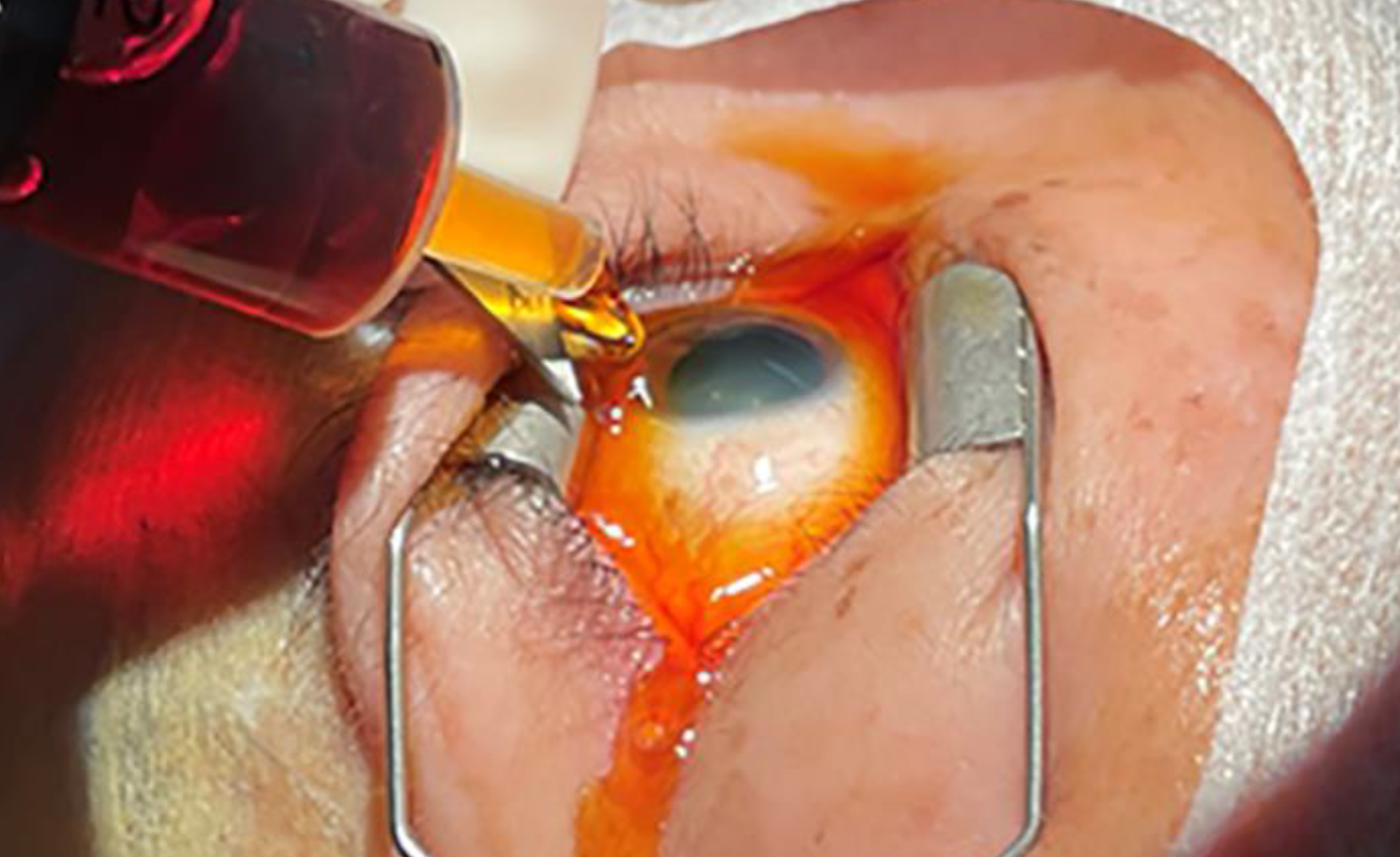 |
|
Sterilization and repeat anti-VEGF injections for AMD were thought to cause inflammation, ultimately contributing to dry eye disease. According to this study, that is not the case, since this treatment does not significantly impact the ocular surface or meibomian glands. Photo: Tanaka K, et al. J. Clin. Med. 2022, 11(3), 876. Click image to enlarge. |
Patients with neovascular age-related macular degeneration (AMD) are often treated with repeat intravitreal injections. Although this protocol is safe and effective, the ocular surface must be sterile before employing the injection, which can affect the epithelium and cause inflammation, possibly leading to dry eye disease. Povidone-iodine is regularly used to sterilize the surface, but previous studies have found that this raises the rate for complications. To put this to test, researchers from Turkey conducted a study and hypothesized that this form of sterilization coupled with repeat injections may have an impact on the ocular surface and meibomian glands. In short, they did not find evidence of this.
“In contrast to our hypothesis that repeated exposure to povidone-iodine may affect the ocular surface and meibomian gland morphology, the present study showed that serial intravitreal injection procedures with povidone-iodine asepsis resulted in no difference in noninvasive tear break-up time, Schirmer, corneal staining or meibomian gland loss compared to untreated fellow eyes in patients with neovascular age-related macular degeneration,” said the researchers in their paper published in BMC Ophthalmology.
This study identified 42 AMD patients with a mean age of 63.3 ±19.4 years. The subjects mean Ocular Surface Disease Index score was 20.3, and each patient underwent multiple intravitreal injections, ranging from six to 22, since beginning treatment the mean was nine injections.
Although the results did not show any significant difference between noninvasive tear break-up time, Schirmer score, corneal staining or meibomian gland loss affected by sterilization and injection volume, the researchers did note a significant correlation between age and meibomian gland loss, both in the upper and lower eyelids. This reflects typical age-related changes as patients age, they noted.
“The present study had several limitations, including its cross-sectional design, semiautomatic evaluation of meibomian gland loss and lack of tear osmolarity measurement and staining with lissamine green,” mentioned the researchers in their paper on this study. In addition to these limitations, they also noted that they did not conduct a detailed analysis of patients’ systemic diseases and medications prior to the study. “Therefore, a prospective multicenter clinical study with a larger sample size and longer follow-up period may be warranted in the future to reveal the longitudinal effect of intravitreal injections on the ocular surface, meibomian gland loss and dry eye disease.”
| Click here for journal source. |
Bilici S, Selçuk N, Küçük N, et al. Serial intravitreal injections in age-related macular degeneration patients from the dry eye disease perspective: A cross-sectional study. BMC Ophthalmology 2024;24;453. |

